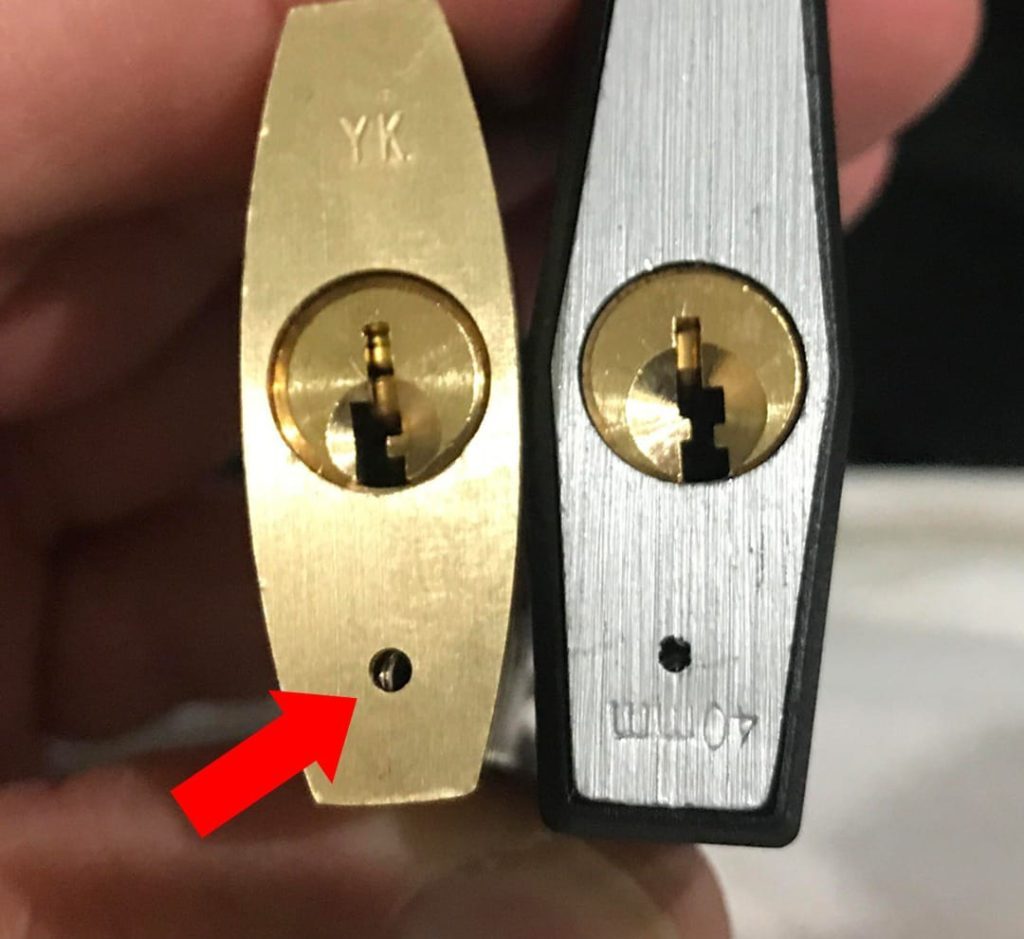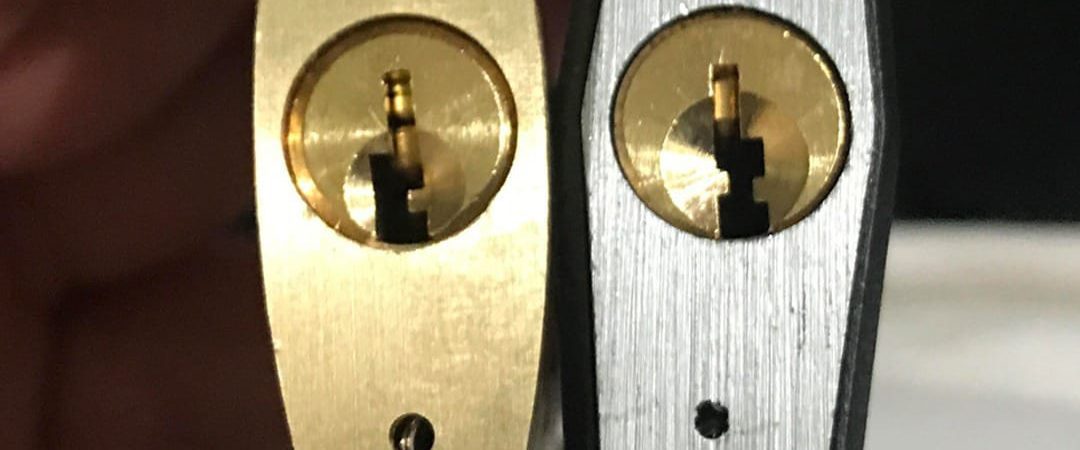When you think about locks, you probably focus on security—but have you ever wondered about the small holes next to the keyhole?
Most people overlook them, but these little features play a key role in maintaining the lock’s functionality.

Locks are designed to secure everything from gates to cabinets, protecting your property. But here’s the catch: Locks are often exposed to harsh outdoor conditions—rain, sunlight, wind, and humidity—which can cause some serious wear and tear over time.
While materials like brass or stainless steel are rust-resistant, constant exposure to moisture can still lead to rusting and stiffness, making your lock harder to open.
Here’s Why You Need to Pay Attention to Those Holes
Those tiny holes aren’t just for decoration—they’re designed for drainage. When locks are exposed to rain or dew, the water can get trapped inside, leading to rust and making it difficult to unlock. That’s where these small drainage holes come into play. They allow water to escape, helping to prevent rust buildup and keeping your lock functioning smoothly.

Choosing the Right Lock for the Job
When you’re shopping for locks, especially for outdoor use like gate locks or garden gates, make sure to choose ones with these drainage holes. Without them, rainwater can accumulate inside, leading to corrosion and, eventually, a lock that won’t open when you need it. Some locks even come with two holes to ensure proper drainage!
Pro Tip: Always Position Your Lock Downward After Rain
To get the most out of your lock, make sure to position it downward after rainfall. This allows any trapped water to drain out, helping to keep your lock rust-free and in working order.
So, next time you buy a lock, don’t overlook those small holes—they could save you from a major headache later on! ?



